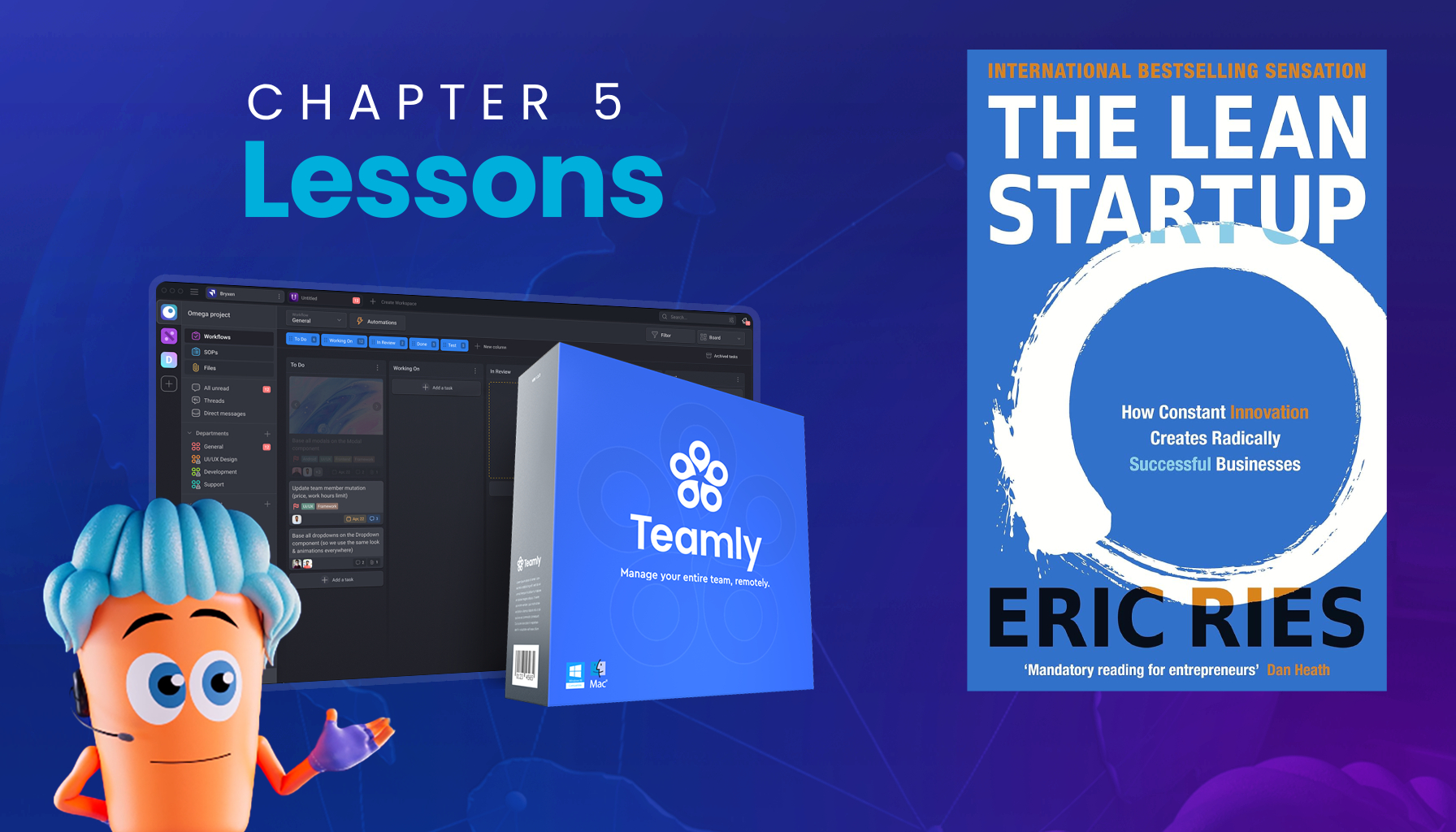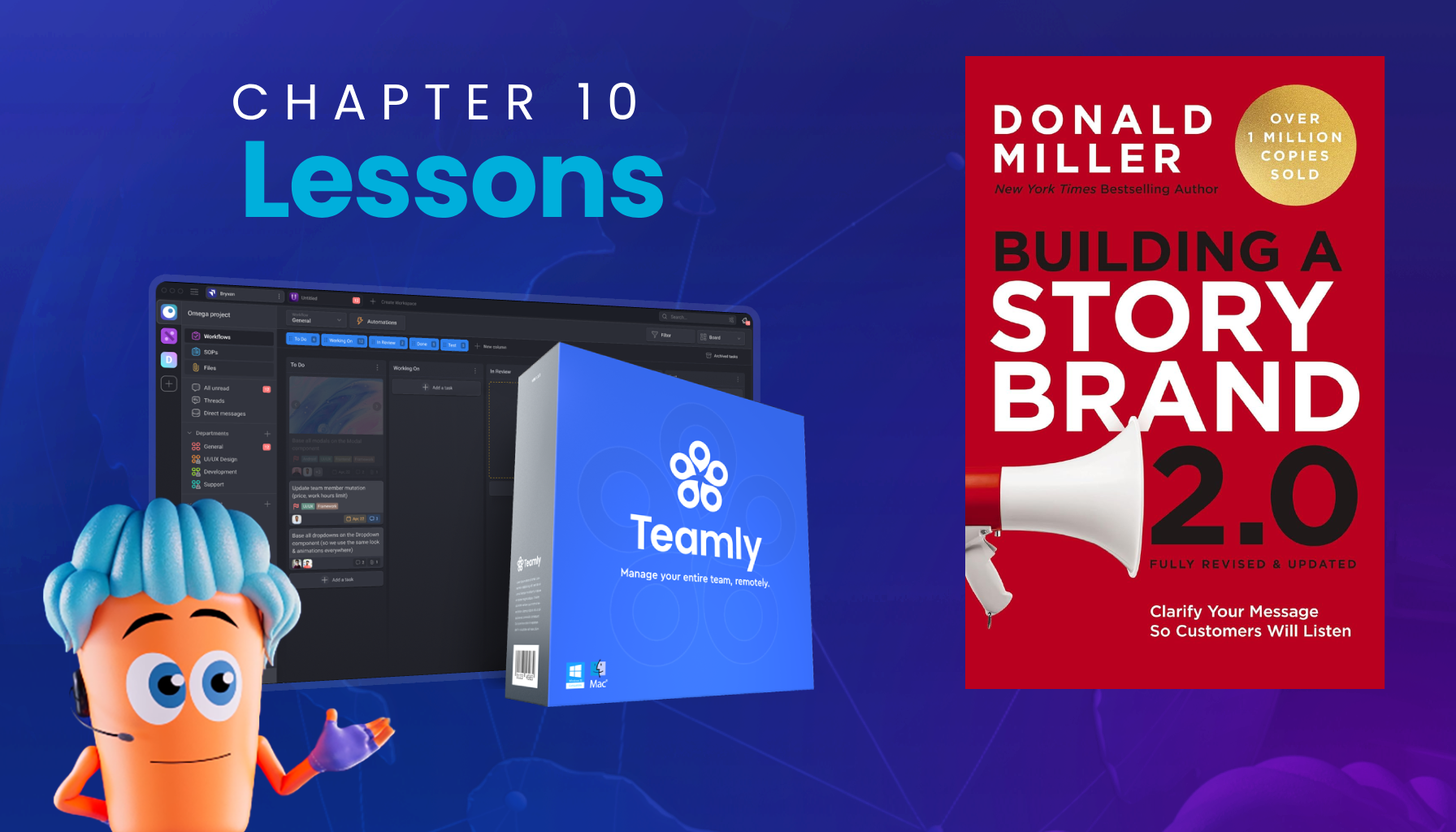
Click the button to start reading
How to Choose the Best Tech Stack (Even if You Don’t Know What That Is)
Do you have a fabulous idea for an app, but find yourself overwhelmed thinking about putting all the pieces together? Or maybe your company’s blog is hopelessly outdated, and not converting leads, yet all the alternatives seem too complicated to take on.
Everyone becomes flummoxed by technology at times. There’s so many options, and constant upgrades, and you definitely don’t want to get stuck with the wrong thing. If a software has all sorts of bugs and no one in the office uses it, then your project is a flop and the business doesn’t grow.
You’ve probably scoured the web, hoping to receive sage advice from someone with more know-how about these things than you. But after digging around in conversations on Reddit and Stack Overflow, deluged with subject matter experts ready to dispense advice about JavaScript, Python, PHT, and HTML, it’s likely you’re more confused than ever.
The surprising thing is, you have the answers to your conundrum right in front of you. When it comes to technology, you’re in the driver’s seat of your own project and idea. Choosing the right solution just takes some digging.
You wanna know how to go about it? We’re going to get into that. But first, let’s break down just what a “tech stack” means.

Tech Stack Defined
If you’re the head of marketing or sales, and something like writing code is completely foreign to you, then selecting a technology stack may seem out of your depth. However, even if you’re not using this exact phrase, whenever you’ve been wanting to improve the user experience and content on your company website, you’ve been thinking along these lines.
What’s a Tech Stack, Exactly?
A tech stack is everything that comprises a digital system. In the same way a car or machine is composed of many smaller parts, an online system is composed of a technology stack.
Everything you use online is composed of a tech stack. Facebook, Twitter, Ebay and Instagram each can be broken down into small parts. Twitter’s tech stack, for example, includes Scala and Java as its programming language, and Django for web framework and Puppet for Software configuration. Ebay uses Java as its programming language (with a java virtual machine) and Node.js as its open-source server.
A marketing tech stack includes everything that’s used to execute a marketing plan. Considering to hire Node.js developers can be a strategic move to enhance your tech stack, ensuring robust and scalable solutions for your digital projects. This includes an email newsletter, social media platforms, content management software, customer relationship management software and analytics.
Working together, these various softwares and services allow a company to reach its audience, convert potential customers and identify which marketing strategies work best.
An application tech stack includes everything needed to get an app up and running. These are things like the programming language, the database, the user interface, the structure and the hosting platform.
From websites to ecommerce stores to video games, every digital program and project has its own distinct tech stack.
Sometimes, after a stack is compiled and the program or project is up and running, one part of the stack becomes obsolete. In this instance, it’s possible to shift the stack and introduce new technologies and remove others, to improve the overall system.
Does this make sense? Now, let’s look into ten guidelines for choosing the tech stack that’s right for your project and your company.

1. Identify Constraints
If you’re interested in posting a short story to the web, you know right off that you won’t go to Twitter. The 280 character limit is way too short. A platform like Medium, or else a personal blog, makes more sense in this instance.
In the same way, identifying the objective of the technology you’re building, be it an app or a website or a marketing plan, makes it simple to create parameters around what you will and won’t include in the stack.
For example, if you’re building an app that’s going to be distributed to a wide, diverse audience, you’d choose a web application rather than a desktop application. If the application needs machine learning, you’d select a language that’s capable of this (not all of them are).
When you set boundaries and limitations on what you do and don’t need, it’s much easier to pare down the tech stack that’s right for you.
2. Do What’s Right for You (Not What’s Right for Someone Else)
If a friend raves to you about the fantastic, all-inclusive vacation she’d just taken to Hawaii, that doesn’t necessarily mean you’ll immediately reach out to your travel agent and book the same trip. Maybe sipping a Mai Tai on the beach all afternoon just isn’t your thing.
Advice on how to build a tech stack runs plenteous, like a rain-fed Hawaiian stream. Yet just like recommending a vacation spot, people often dispense tech advice based on their own needs and preferences.
Your situation and objectives are unique. If someone boasts of the brilliance of Puppet, look closer at the infrastructure to see if it really provides what you’re looking for.
Regardless of what anyone claims, there isn’t one “right” or “wrong” tech stack. Finding the “right” one for you means filtering everything you read online through the lens of your own situation.

3. Keep It All Simple
One of the worst outcomes with a new technology (and one we’re all familiar with as well) is people not using it because it takes too long or it isn’t user friendly. Another snafu is when one department in an office uses a system completely different from another department. This creates all sorts of confusion, disconnect and time wasted.
Simplicity is a central objective to selecting technology. Ideally, you want a software that’s user friendly and integrated within all departments in the company. This alignment results in hassle-free processes and allows everyone to work together harmoniously.
4. Put Strategy Before Technology
Say you have a grocery bag full of the finest ingredients–cheeses, pasta, tomatoes, herbs and olive oil. Does that mean you’re going to cook a great meal? Not necessarily.
Technology is just like this bag of groceries. It’s simply a tool. Even state-of-the-art technology is worthless without a thorough and sensible plan.
Say you have a product that doesn’t really solve the problems of your target customer. The best technology isn’t going to sell it. Or you haven’t identified the audience you want to reach with your content. A bug-free and user-friendly CMS isn’t going to generate enthusiasm and leads.
Before even thinking about selecting a tech stack, then, it’s necessary to develop a “recipe,” a strategy, a plan. Understand what you’re setting out to create, the problems it solves and who it solves them for. Then you’re in a position to cook up a delicious, aromatic concoction of technology that will serve up an entree of success!

5. Be Forward Thinking
When you purchase something like a pricey new coat, you’re almost always thinking toward the future. Will you wear this regularly from season to season? How durable is the material, and how long can you expect it to last?
Similarly, when considering what to include in your tech stack, look into your hopes and dreams for the future of the project. For example, maybe you want the desktop app you’re building to become mobile at some point. This change would affect the foundation of the app, and so planning in advance would keep you from having to rip things apart later.
Although the path ahead may look obscure, spend some time looking down it, and peering around corners. What do you see coming down the pike? And how would these changes impact the technology you choose right now?
At the same time, bear in mind that these are only projected changes. Make future planning a second-tier priority, and primarily address the projects’ needs in the present moment.
6. Take Inventory
Resourceful thinking is a big part of building a tech stack. It’s a bit like taking your winter jeans and turning them into cutoffs for the summer.
When selecting what technology to use for your project, take a look at the team around you. Where are they proficient? Which languages are they most familiar with? Build a stack that plays to their strengths. All other criteria being equal, don’t use Sequel if they’re more proficient in C++.
Moreover, consider the previous technologies the company has built, and break down their infrastructure. If certain applications, tools, servers or systems are already in place, then using them over again would really give you a head start.
Re-using whatever you can, and playing to the strengths of the team makes bringing the project over the finish line much easier—and faster as well.
7. Ask the Right Questions
Seeking advice often means getting buried in another person’s agenda. They may be selling something to you, or they’re pushing a certain programming language because it worked for their app.
This advice isn’t going to get you very far with your project. However, when you hone the questions, and form them around your specific needs, it allows you to discover paths towards your own personal tech stack solution.
Rather than going to an online forum and asking an outright question such as “What’s the best email marketing service?”, consider what features you’re really looking for in the software. Maybe you’re looking to send a newsletter with lots of images and videos, or utilize a wide selection of fonts.
When you ask questions with precision, the answers you need come your way.

8. Think Expansively
Have you wanted a job, but didn’t bother to apply because you didn’t think you had the right experience?
We’re always placing limits on what’s possible for us, and building a technology stack is no exception. Maybe your team mostly has experience in Java and so you’re hesitant to venture into another language.
However, this kind of boxed-in thinking prevents you from looking at all the possibilities and making the best selections for your project.
Approaching technology with an open mind is central to creating a solid tech stack. Let go of biases or fixed thinking you have around your capabilities with certain technologies, and be open to learning and exploring. Brainstorming is one exercise that’s helpful for getting you thinking big. Then clustering afterwards helps to organize your thoughts.
9. Use the Right Criteria
If you were purchasing equipment for a mountain climbing expedition, you’d probably evaluate it for things like quality, price and functionality. Something like its color; whether it’s blue or green; may well be a secondary consideration.
Similarly, some criteria for evaluating new technology rank ahead of the rest. Here are some to consider.
- Productivity
How does a proposed software affect productivity? What sort of ease and efficiency does it provide? - Profitability
What is the ROI this technology poses to offer? - Customer Experience
Will this software allure customers? How will it impact their online experience? Might it increase sales? - Community Knowledge
How active is the online community around this technology? Is it easy to tap into online resources and conversations to find support and increase knowledge? - Evolution of the Product
How has this technology evolved over time? Does it have frequent updates, for example, and how would this impact its functionality in the stack?
When using this criteria to evaluate technologies, it’s helpful to create a chart. List the various softwares you’re considering, and then see how each ranks for the above criteria. This methodical approach ensures you pick the best technology for your project.

10. Get Everyone on Board
If you’re remodeling your house, it’s important to consider the experience of everyone living within it, from the tallest to the shortest, the youngest to the oldest, and everyone in between.
In a similar vein, when selecting a tech stack, seek input from all departments. Ask probing questions around their experience with the software to learn the changes they’d like to see and the things that are working great.
Understanding the current user experience provides guidance in the decision-making process. Gathering this input also ensures the technology is integrated throughout the entire company.

Stack the Odds in Your Favor
Whether you’re just starting out on a project and flummoxed over where to start, or feeling a pressing need to update your outdated technology, venturing into the unknown is difficult.
It’s overwhelming to weigh all the options out there, and wade through tons of information, worrying about choosing technology that turns out to be a dud.
However, it’s possible to find the stack that’s right for your needs and your project. You won’t need any sage advice or oracles. Finding the right tech stack is about first identifying your needs, objectives, goals and pain points. The next step is researching what’s out there and weighing your options.
When you’re considering what project management software to include in your stack, look no further than Teamly, the “one tool that does it all.” From time tracking to kanban boards to audio messages and more, our software creates simplicity within your work processes and an integrated approach to remote working.
















